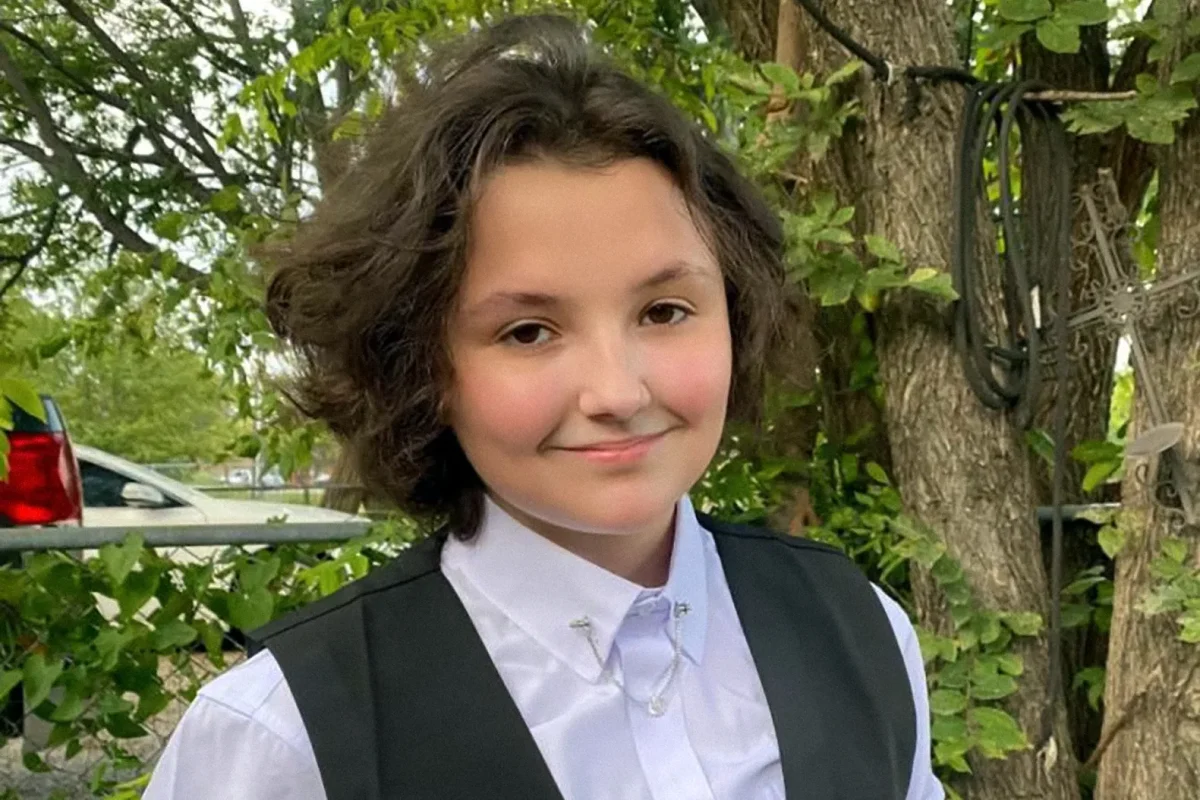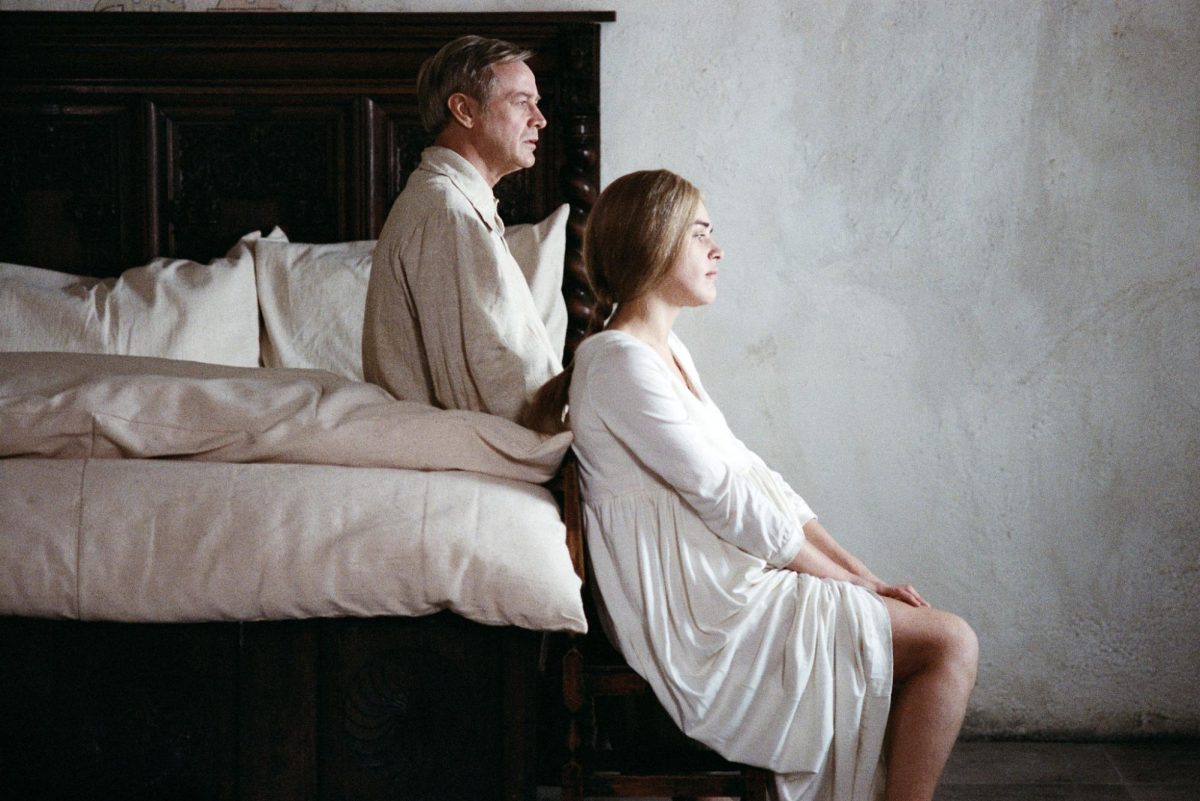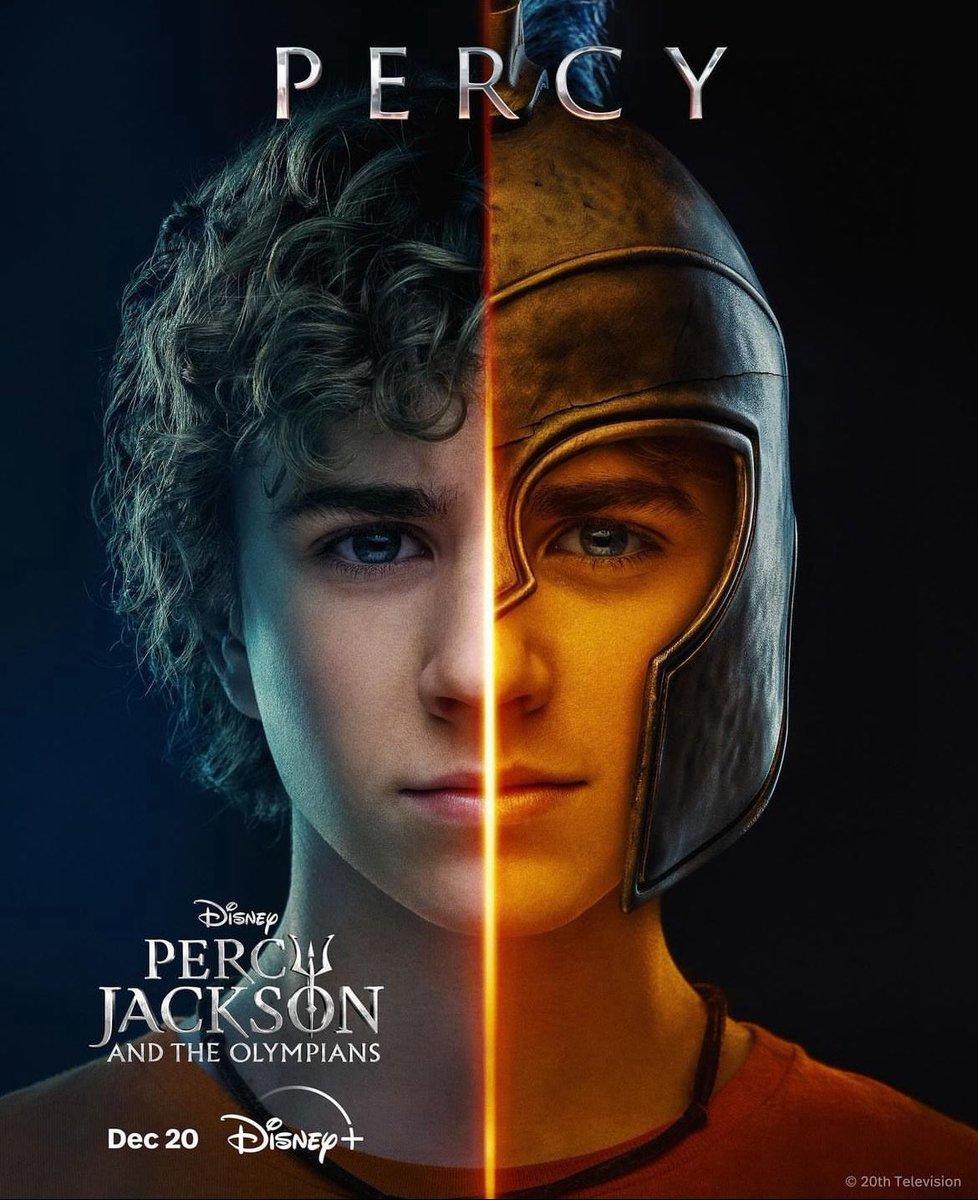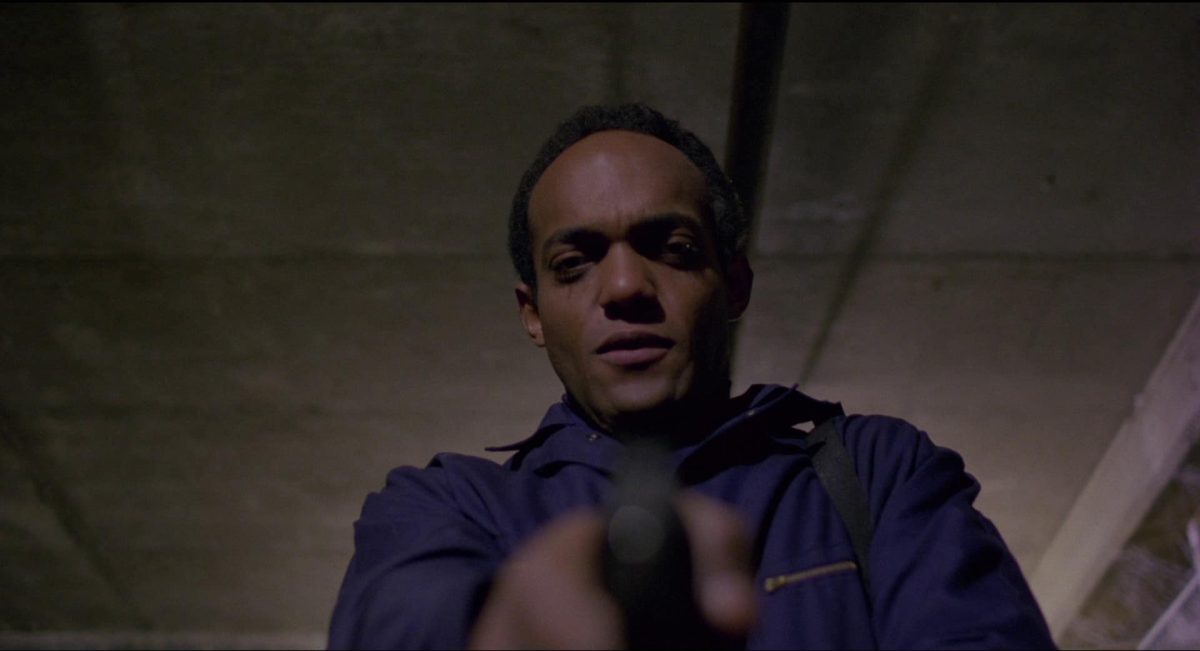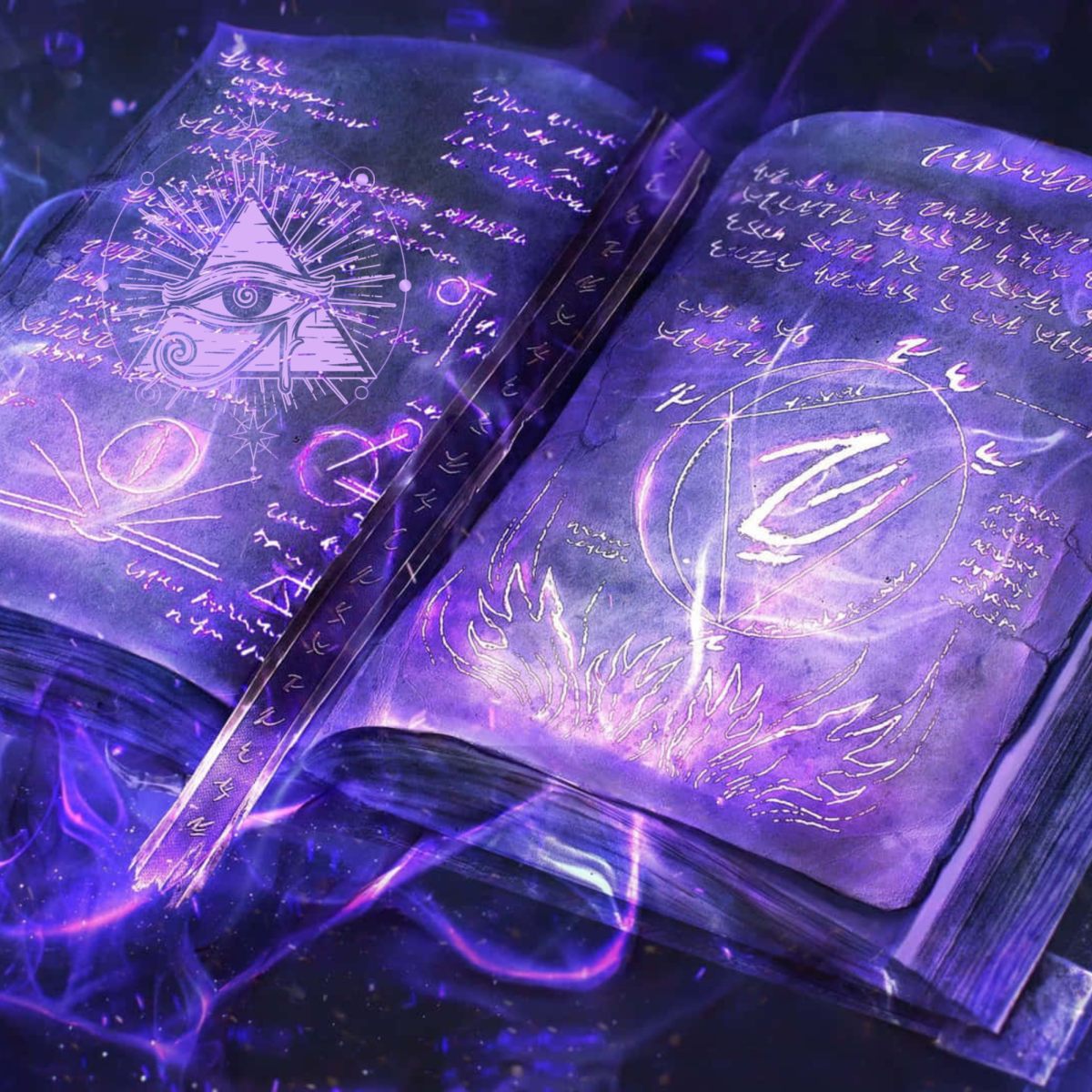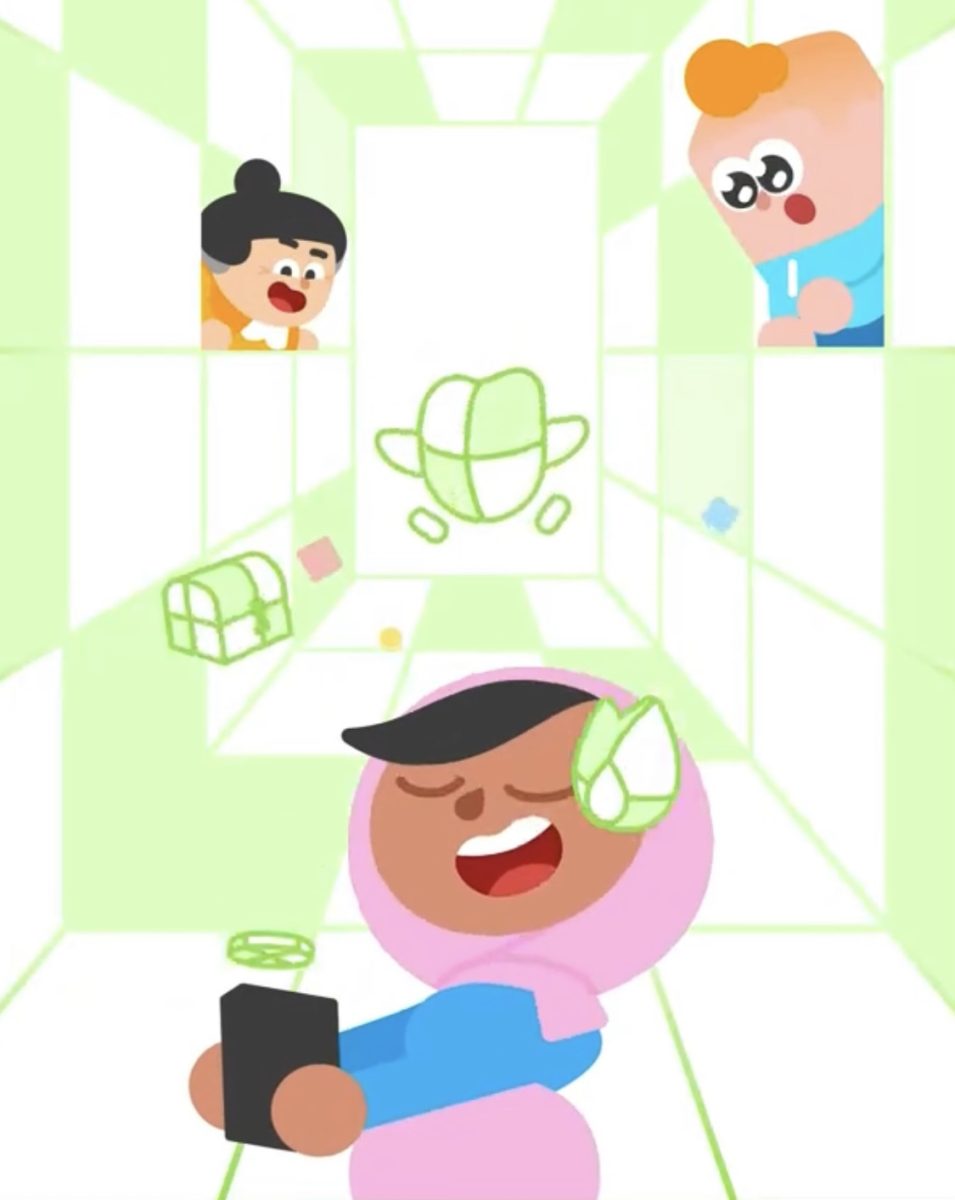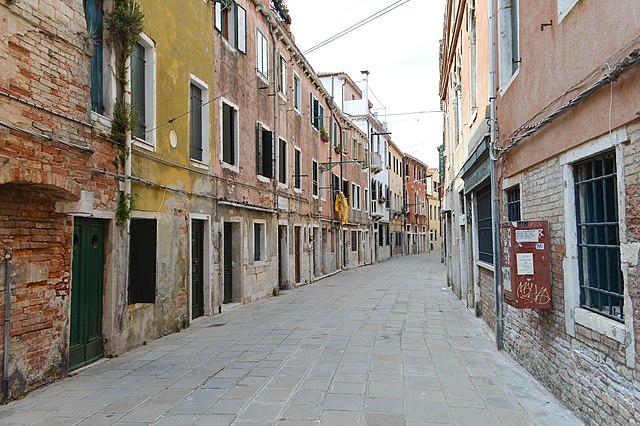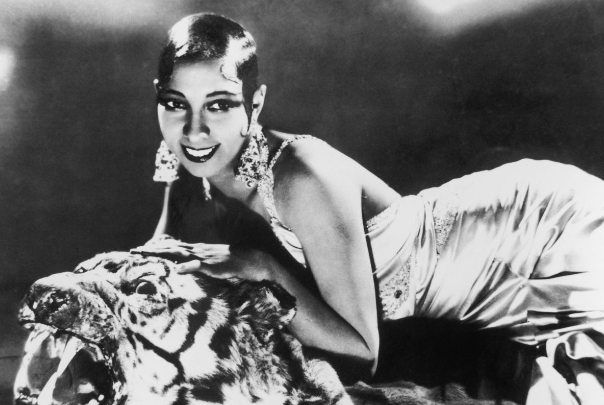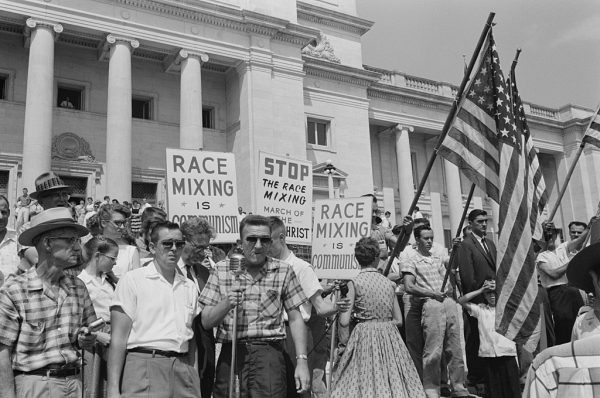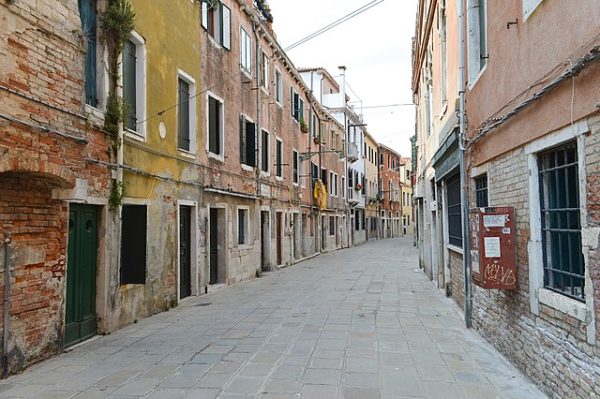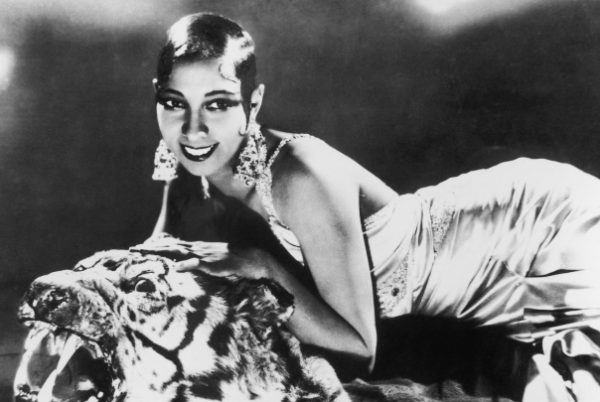What is Kinemortophobia, and the Origins of Zombies
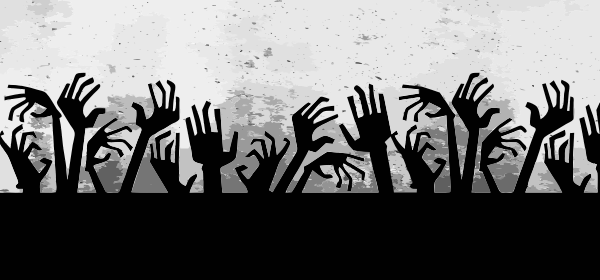
October 14, 2022
Kinemortophobia represents a chronic fear of zombies. The prefix “kinemorto-” is derived from Greek and literally means undead. The prefix “kinemorto-” may be further derived from greek word “kinētikos”, meaning of motion, and the Latin root word “-mort-“, meaning death (moving death). Even if it isn’t a very popular fear on its own, zombies or those akin to a zombie are seen in most horror media today. However, there is a notable difference between the zombie we know and its origins.
Zombies actually originate from the Caribbeans, specifically Haiti. The term “zombie”, or “zombi” from its Haitian origins, can actually refer to multiple, unconventional interpretations such as spirits, people turned into animals, and fairies. This is a result of the idea that a zombi is both a body without a soul, seen in the popularized idea of the walking dead, or a soul taken from its dead body and imprisoned for magical use. The latter, more commonly referred to as zombi astral, applies to disembodied spirits, human souls that have been perhaps trapped within an animal, and aligns with the theme of fairies being trapped in bottles for human use. As opposed to the undead version of the zombi, the zombi astral has more prominence in African culture and beliefs. The Haitian interpretation has connections to the prevalence of slavery in the Caribbeans at the time, zombis representing those forced to work themselves to death mindlessly in fields. Vodou (more commonly referred to in a negative light as “voodoo” in America), the belief system that zombis exist in, came about as a result of cultures mixing between slaves while resisting indoctrination into Catholicism.
In Haitian culture, zombis were believed to be produced by dark, evil magic, but a very controversial book written by Wade Davis called The Serpent and the Rainbow proposed a new idea. Based off the testimony of Clairvius Narcisse, the book goes into the idea of medical concoctions and drugs used to convince someone they were a zombie. The drug allegedly contained tetrodotoxin, the venom produced by pufferfish, and Datura, a hallucinogenic plant more commonly known here in America as moonflower. However, combatting this claim were the results of many tests on samples provided by Davis, which showed little to no tetrodotoxin. He refuted this by offering that there were possible errors in their tests, differences in formula, and possible other factors that were used when it was made in Haiti that increased its ability to pass through the blood-brain barrier (a barrier that selectively allows certain solutes into the brain). Narcisse admitted himself to Schweitzer Hospital due to his symptoms of fever, fatigue, and spitting up blood. Medical staff were unable to identify the cause, and Narcisse appeared to die three days later, held in cold storage for one more day. The drug medically killed Narcisse, as confirmed by multiple doctors who reviewed his corpse. However, after his burial, Narcisse reports that he was taken from his grave and given a paste, likely containing Datura, and forced to work on a plantation. When the plantation owner died and the recurring doses of Dantura stopped, he eventually regained his consciousness and returned home after several years.
 The transition in the modernized mindless man eaters seen in media today was begun by the Halperin brothers with White Zombie and George A. Romero with Night of the Living Dead. The former, White Zombie, despite being influential in characterizing the zombie’s violent nature, was not seen as a good film. If the name did not make it at least somewhat apparent, the tragedy of the movie is that a white woman was turned into a zombie by an evil Haitian voodooist (the distinction between vodou and voodoo is a distinction between the Haitian practice and the inaccurate Americanized version), and her heroic white husband has to save her. Created with a racist theme, poor acting and atmosphere, and a low budget, the movie was poorly received when it released. However, its depiction of zombies was an important shift: while still including their origins of dark magic, they are now shown to be violent and cannibalistic. George A. Romero’s Night of the Living Dead, which kept running in a long series of unofficial and official movies, expanded upon the concept of murderous dead. In this movie, the appearance of zombies are initially explained by a space probe exploding in Earth’s atmosphere, spreading radiation. This too set the stage for future franchises’ explanations of a zombie outbreak, many using failed government endeavours as the source, along with zombies’ ability to multiply through bites. The Night of the Living Dead franchise also combatted White Zombie‘s racist character roles by setting a black man, Ben (played by actor Duane Jones), as one of the movie’s starring roles. Additionally, there is nothing implied that there is something wrong with him or his closeness to his white companion, Barbara (played by Judith O’Dea), which was significant considering the racial issues pertaining to the 1960s. Some interpret the zombies in this case, as their protective farmhouse is surrounded by zombies, as an iteration of society’s disapproval and hostility towards such roles and relationships.
The transition in the modernized mindless man eaters seen in media today was begun by the Halperin brothers with White Zombie and George A. Romero with Night of the Living Dead. The former, White Zombie, despite being influential in characterizing the zombie’s violent nature, was not seen as a good film. If the name did not make it at least somewhat apparent, the tragedy of the movie is that a white woman was turned into a zombie by an evil Haitian voodooist (the distinction between vodou and voodoo is a distinction between the Haitian practice and the inaccurate Americanized version), and her heroic white husband has to save her. Created with a racist theme, poor acting and atmosphere, and a low budget, the movie was poorly received when it released. However, its depiction of zombies was an important shift: while still including their origins of dark magic, they are now shown to be violent and cannibalistic. George A. Romero’s Night of the Living Dead, which kept running in a long series of unofficial and official movies, expanded upon the concept of murderous dead. In this movie, the appearance of zombies are initially explained by a space probe exploding in Earth’s atmosphere, spreading radiation. This too set the stage for future franchises’ explanations of a zombie outbreak, many using failed government endeavours as the source, along with zombies’ ability to multiply through bites. The Night of the Living Dead franchise also combatted White Zombie‘s racist character roles by setting a black man, Ben (played by actor Duane Jones), as one of the movie’s starring roles. Additionally, there is nothing implied that there is something wrong with him or his closeness to his white companion, Barbara (played by Judith O’Dea), which was significant considering the racial issues pertaining to the 1960s. Some interpret the zombies in this case, as their protective farmhouse is surrounded by zombies, as an iteration of society’s disapproval and hostility towards such roles and relationships.
This version of the zombie as a mindless cannibal that typically form swarms has been used for many different metaphorical representations of today’s society. Whether this refers to soulless office drones, an ignorant mindset mindlessly enforced by the zombies, or some other hivemind scenario, zombies are used to represent both actual monsters and the dangers of societal norms and expectations.



